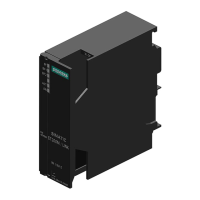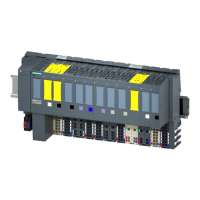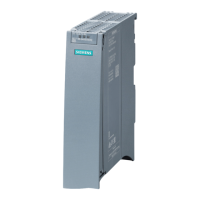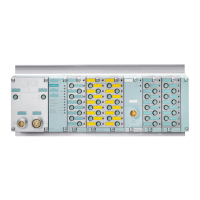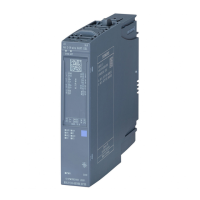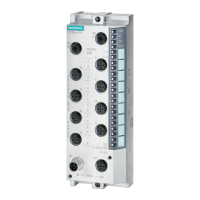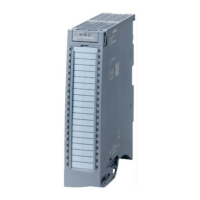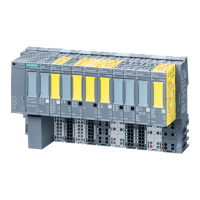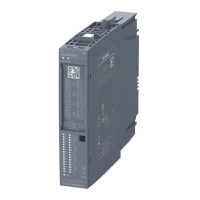Functions
5.2 Intelligent IO devices (I-devices)
PROFINET with STEP 7 V15
Function Manual, 12/2017, A5E03444486-AH
135
I-device with three or more ports
If you have an I-device with three or more ports, connect the I-device to one or both ports to
the higher-level IO system in a linear bus topology. Connect the third port to the lower-level
IO system uncoupled from the linear bus topology as shown in the following figure.
Figure 5-19 I-device with three or more ports
Boundary conditions when using I-devices
Note the following boundary conditions when using I-devices:
The number of addresses of the configured transfer areas affects the usable bandwidth of
the I-device:
● Bandwidth of the transfer areas + bandwidth of the lower-level IO system = total
bandwidth used on the I-device
If the address space of the transfer areas is too large, this indicates a larger bandwidth
requirement and can thus lead to longer update times.
: Keep the address space of the transfer area as small as possible.
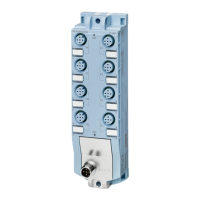
